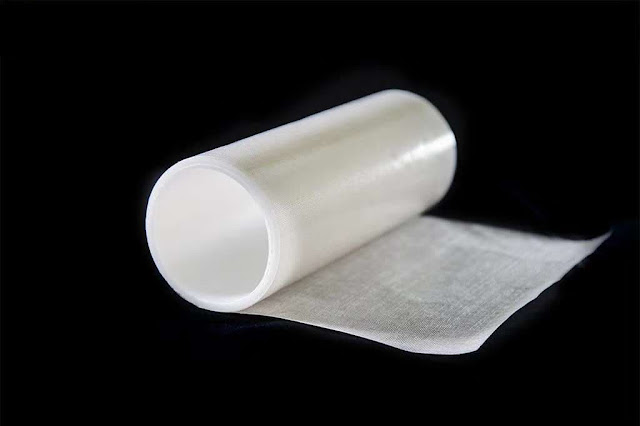Ion Exchange Membrane For Environmental Remediation: An Effective Solution
 |
Ion Exchange Membrane Market |
In the realm of environmental remediation, ion exchange membrane technology has emerged as a highly effective solution for addressing pollution and contamination issues. With its ability to selectively remove ions and pollutants from various sources, ion exchange membranes offer a versatile and sustainable approach to restoring and protecting our environment.
Ion Exchange Membrane function by employing the principle of selective ion exchange. They consist of a polymer matrix with specialized functional groups that attract and exchange specific ions.
When contaminated water or other solutions come into contact with the membrane, the targeted ions are selectively captured and replaced with less harmful ions, effectively removing pollutants from the system.
The global ion exchange
membrane market size was valued at USD 833.7 million in 2021 and is anticipated
to witness a compound annual growth rate (CAGR) of 4.38% from 2022 to 2030.
The unique properties of Ion Exchange Membrane make them particularly suitable for a wide range of environmental remediation applications. They have been successfully utilized in the treatment of wastewater from industrial processes, removing heavy metals, organic pollutants, and other harmful substances.
Additionally, these membranes have been employed in the purification of drinking water, helping to eliminate contaminants and ensure safe and clean water supplies.
The effectiveness of ion exchange membranes lies in their versatility and adaptability. They can be tailored to target specific pollutants, making them highly efficient in addressing site-specific contamination challenges. Furthermore, ion exchange membranes can be integrated into modular systems, allowing for scalability and flexibility in remediation projects.
By harnessing the power of Ion Exchange Membrane technology, environmental remediation efforts are more efficient, cost-effective, and environmentally friendly. Traditional remediation methods often involve complex and costly processes, whereas ion exchange membranes provide a streamlined and targeted solution.
They require less energy and generate less waste compared to alternative techniques, reducing the overall environmental impact of remediation projects.
The application of Ion Exchange Membrane for environmental remediation is continuously evolving and expanding. Ongoing research and development are exploring new membrane materials, improving selectivity, and enhancing performance, further enhancing their effectiveness.
Additionally, advancements in membrane design and system integration are optimizing their use in various environmental settings.
The global Microelectronics
Market is geographically divided into North America, Europe, Asia
Pacific, Latin America, and Middle East & Africa.
In conclusion, Ion Exchange Membrane technology represents an effective and sustainable solution for environmental remediation. Its ability to selectively remove pollutants and contaminants from water and other solutions offer a versatile approach to restoring and protecting our ecosystems.
By embracing the potential of ion exchange membranes, we can mitigate the impact of pollution, safeguard our natural resources, and create a healthier and more sustainable future.



Comments
Post a Comment